SHUTTER. Truly terrifying horror with a stunning ending
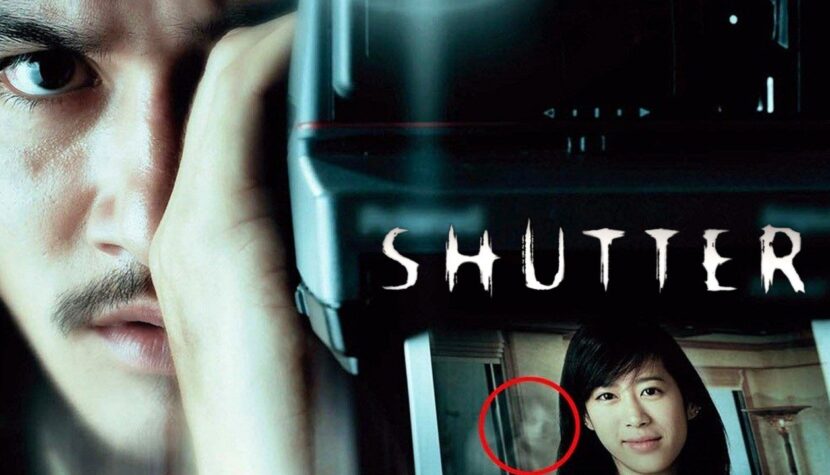
I was sitting at a stand at the Poznan Trade Fair and told my brother that it was boring there and that I was going upstairs to write a review of a Thai horror movie on my laptop. My brother replied, “There you have Taiwanese horror” – pointing to a stand with a big sign “TAIWAN”. We must have misheard each other because I was talking about Thailand, and my brother about Taiwan, but the stand was indeed not very successful, which cannot be said about the Thai horror film titled Shutter.
Was it really possible in today’s times to create a good, non-formulaic horror film, scary and atmospheric? Well… rather no, but only in terms of “formulaicness”, as I’ll explain in a moment. In the history of cinema, we have American horror films represented by The Shining, Darkness, the surprising Sixth Sense, etc. There is the Japanese horror trend, led by Ringu, The Eye, and the Ju-On series – and their less (Ju-On: The Grudge) or more (Dark Water: Fate) successful American versions. And finally, in the horror genre, South Korea has also spoken up, with its Acacia, R-Point, and Phone. Shutter
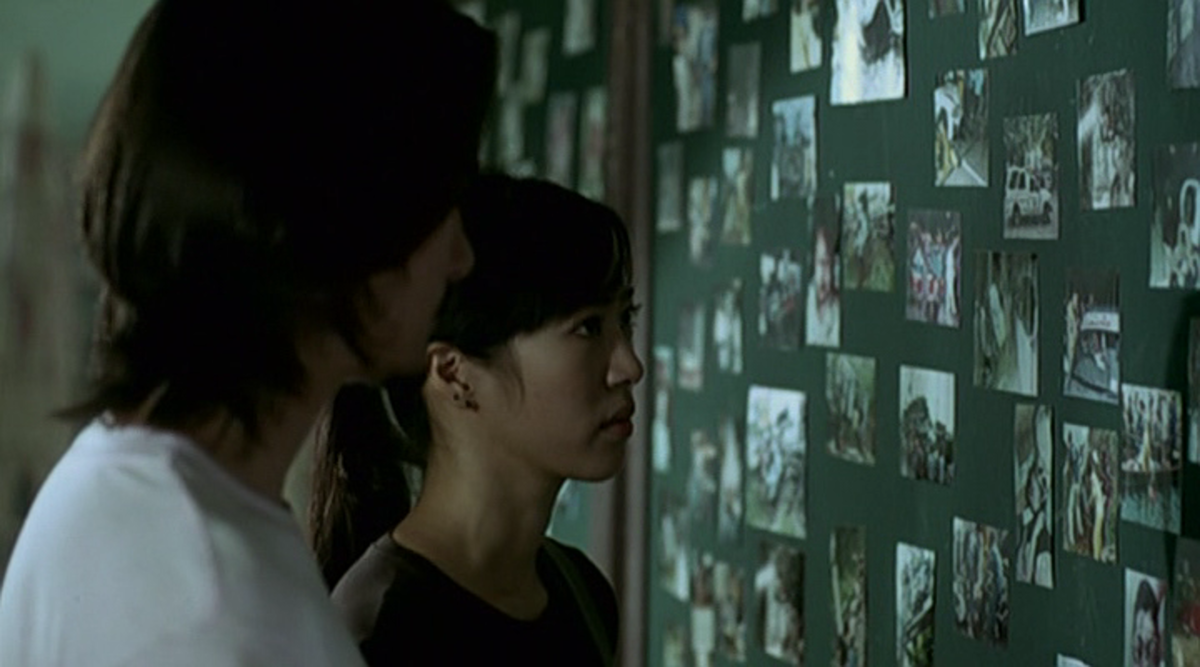
In all the above-mentioned films representing the terrifying cinema of selected countries, motifs of ghosts, redemption of sins, payment for sins, demanded by the souls of the dead stuck somewhere between the earthly and unearthly world, entity and non-entity, where boredom is so severe that ghosts and spirits decide to come to earth, using, for example, a television or a wall – imaginative locations, though not very comfortable.
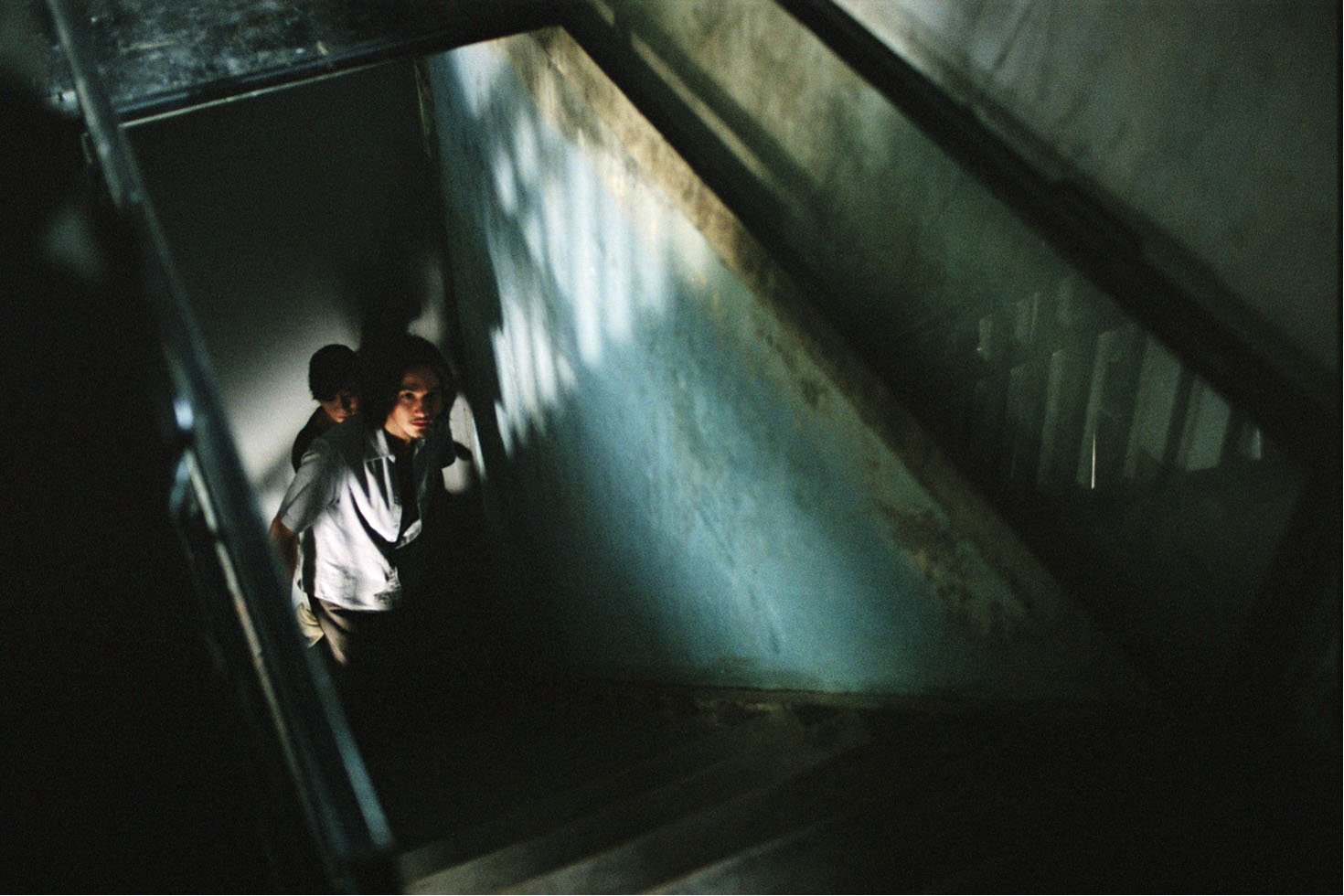
Most of these films – especially the Japanese ones – introduced or widely popularized the trend of (mostly) female apparitions emerging from bathtubs, aforementioned televisions, wells, and walls (here, South Korea bows), trudging through corridors, and finally jumping suddenly right next to the main characters, causing a sudden rise in arterial blood pressure for them and the viewers. It seemed impossible to tell the story of an Asian ghost (dead in one way or another – usually – a girl) again without causing boredom or irritation to the viewers that they have seen it somewhere before, and many times.

However, the Thai horror film Shutter proves that it is still possible and feasible, although while conventionally sticking to certain well-worn patterns. So here we have the female ghost again, with black hair, a sad gaze, and a bowed head, in a tattered dress. The apparition emerging, of course, from not very practical places – in this case, for example, from the sink in a room with a darkroom – cramped but spectacular. And although we are almost always prepared for the appearance of the apparition when it surprises the characters, we are still surprised and properly scared because the sudden appearance of this entity is often accompanied by a powerful sound illustration – another template, but it works, and it works excellently. Adding to this motif of walking on the ceiling, running beside a car speeding over 100 km/h, or finally, the painstaking descent down a fire ladder headfirst; all of this constitutes a terrifying, imaginative, and haunting whole, reminiscent not so much of Asian horrors, but rather of the repulsive Regan from The Exorcist, crawling down the stairs on all fours, belly up.
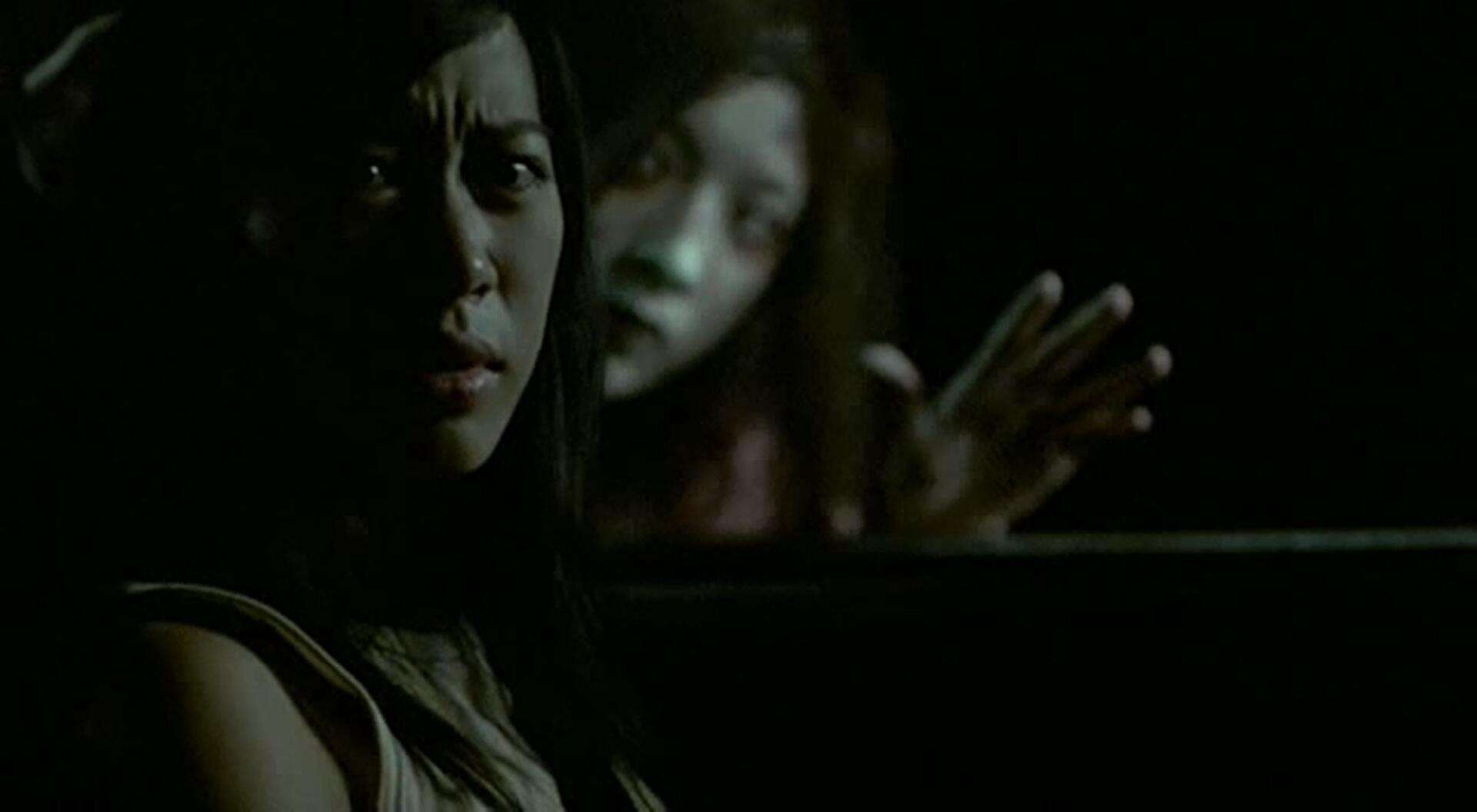
What’s new in Shutter is certainly the incredible and extremely grim ending and the theme of mysterious photographs, where manifestations of life after death can be seen in the form of blurs, smudges, or finally, the shape of a face…, a face that shouldn’t be in the photo. The film’s trailer already sets the mood excellently when we watch several ordinary photos, which are then shown again, with the faces of ghosts circled in red, sneaking into the camera lens quietly.
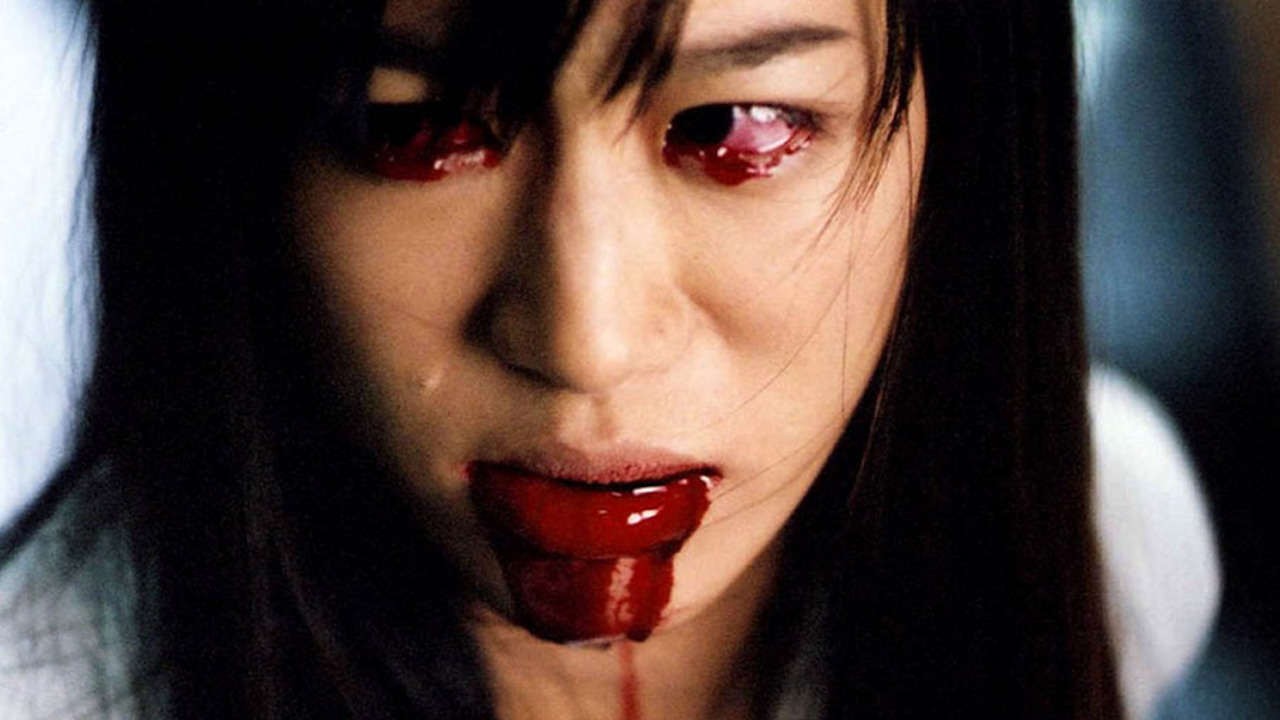
Shutter is a perfectly tailored horror film, never including more objects or actors in the frame than necessary, the shots are made with great care, the makeup is top-notch, and the acting is decent, not exaggerated, not shouted, and not screeched – as Shelley Duvall did in Kubrick’s The Shining. Shutter is an example of how one can create a film based on (already overly exploited) templates, add something new of their own, take care of the technical side, and thus deliver a truly remarkable horror film to the world, one that will grab many by the neck, just like the main character, who complains throughout Shutter about back pain – which, as it turns out in the finale, is part of the crushing ending and dramatically changes our view of the entire plot.

